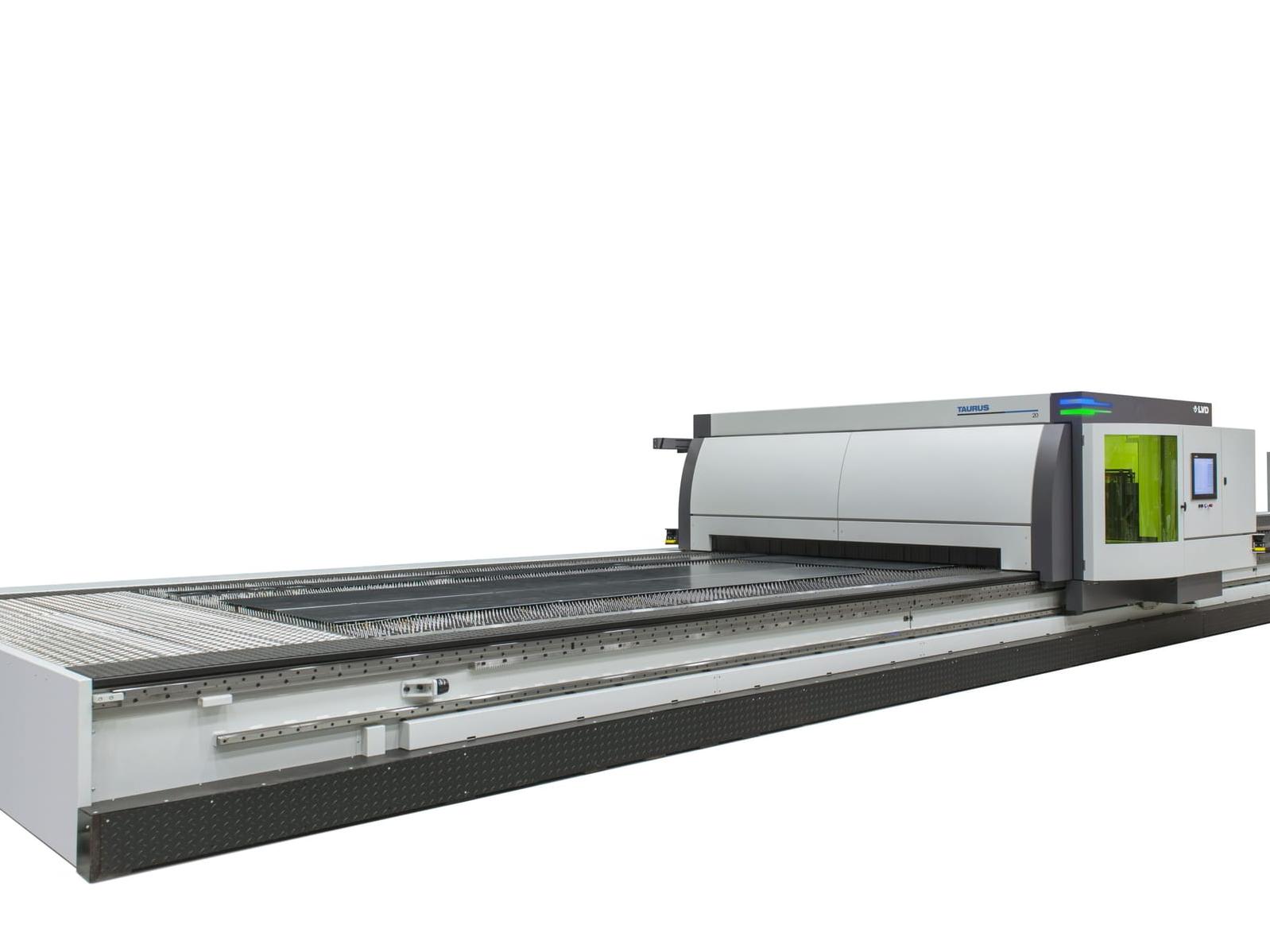Editor's comment for March 2019 – Space... the financial frontier

If you take a cursory glance at my DVD collection you’ll know I’m part of a generation that grew up believing space was going to be an exciting new playground of the future where all sorts of human endeavours and adventures could take place.
If you take a cursory glance at my DVD collection you’ll know I’m part of a generation that grew up believing space was going to be an exciting new playground of the future where all sorts of human endeavours and adventures could take place.
So I was enthusiastic at the prospect of attending a conference held in London dubbed: ‘The Next Steps for the UK Space Industry’. Could this mean huge starships being built in gravity defying hangars just off the M4 near Reading or a new era of space travel taking tourists to the moon from EasyJet’s Luton Astro Terminal 4?
Sadly no, these visions are a long way off, but in the short-term space certainly offers many more mundane opportunities when it comes to making money.
In fact, according to the Government’s UK Space Agency, the country is already benefiting greatly from our activities in this fast-developing sector. A recent report claims income from our space industry grew to £14.8 billion in 2016/17, it employs more than 40,000 people and our space exports are worth £5.5 billion. Apparently, we build major parts for one in four of the world’s telecommunication satellites.
So space is big business and the UK is hoping to grab even more of the pie with a new industrial space strategy that will see rocket launch sites built on the furthest northern shores of Scotland and in Cornwall, along with a whole host of initiatives dedicated to innovation, R&D and commercialisation.

At the moment most of our expertise in satellite construction is in building larger systems mainly used for communication and navigation applications. It’s all very high-tech, low volume work.
However, this new space revolution is going to be based on clusters (constellations) of much smaller low earth orbit (LEO) satellites, some of them not much bigger than a football, swarming around the globe being used to observe terrain, collect masses of data and provide much greater internet connectivity. It has the potential to be used for hundreds of applications ranging from agriculture, traffic control, artificial intelligence, autonomous vehicles and Industry 4.0.
But if the UK is going to achieve this ambitious growth, then it also has to have the capacity in the supply chain to sustain it. There would seem to be a natural crossover for our well-established aerospace manufacturing companies to make inroads, but primarily on the launch vehicle side of things.
It would seem the LEO satellites themselves can be made from much more standard electronic parts and components – let’s face it no one’s life is at risk if they fail in orbit as they’ll just burn up on the way back down.
Nevertheless, there’s no doubt the sector has the potential to be a massive new market for thousands of companies in the supply chain, so major OEMs to smaller manufacturers should ‘watch this space’ thing very carefully!
Ed Hill Deputy Editor












